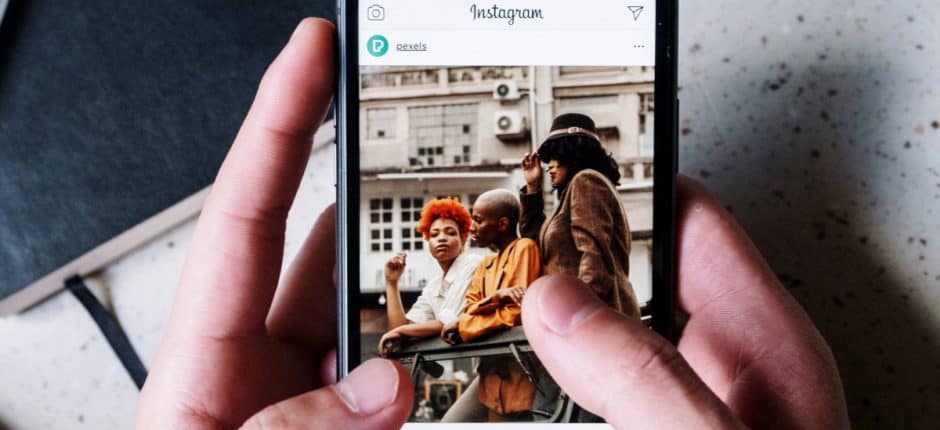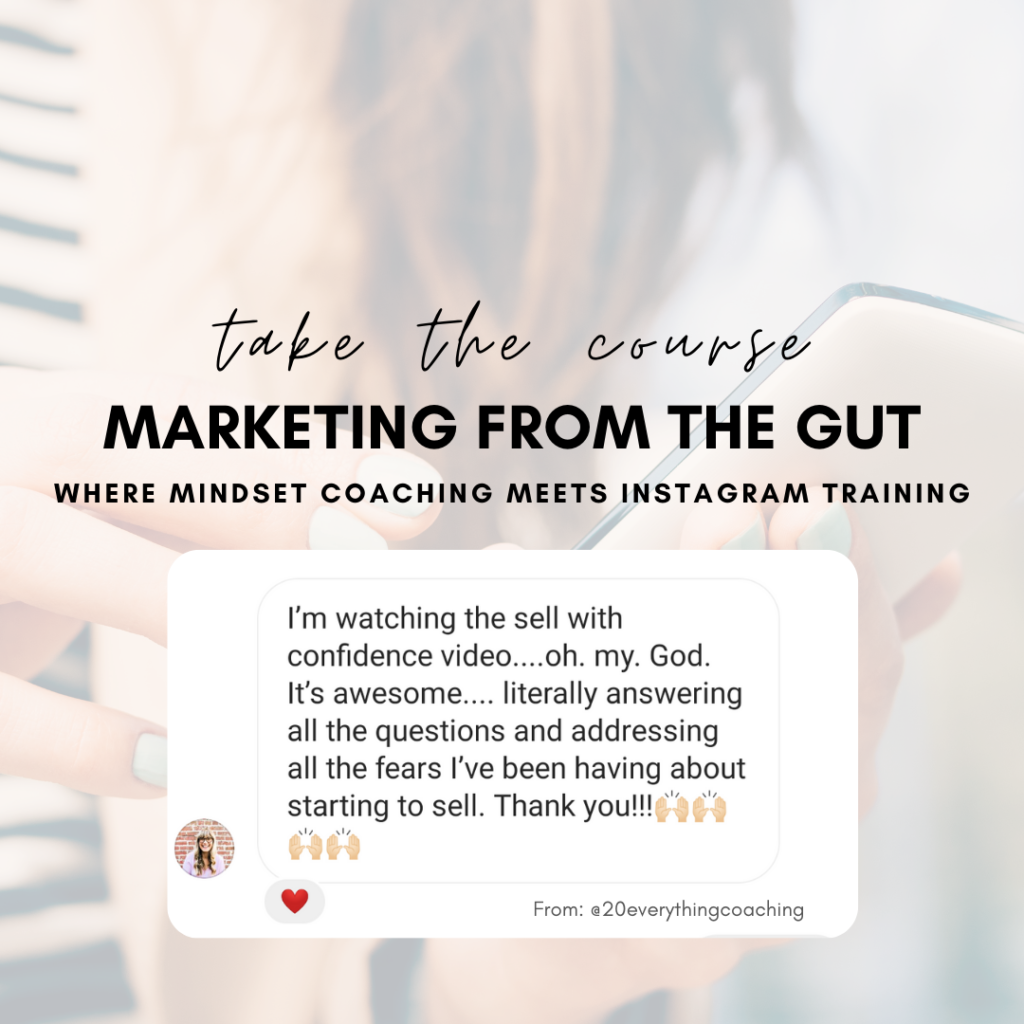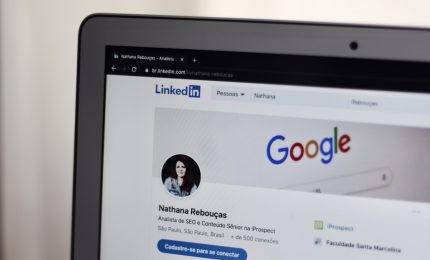Multicultural marketing is not just a buzzword after the past year and a half of cultural disruptions. It’s an important shift in the way brands should be connecting with consumers of all cultures, ethnicities and backgrounds.
Our U.S. population has always been labeled a “melting pot,” but that’s even more true now. Recent census data shows the population is diversifying faster than predicted, with nearly 4 in 10 Americans identifying as a race or ethnic group other than white.
Your social media marketing, and the content you share on various platforms, need to mirror the diverse audience you speak to and hope to engage with. If you’re still stuck on how to make this shift, use our multicultural marketing guide to create a more inclusive community on social media.
Don’t forget to download the social media goal-setting template to gain clarity, create structure and stress less.
What is Multicultural Marketing?
Multicultural marketing is the process of representing diversity within your brand’s collateral, messaging, and content, as well as speaking directly to diverse cultures, races, and groups.
When breaking down this concept, it’s essential to understand some terminology and nuances of our current society. Use this list as a guide, complete with tips to lay the groundwork for your multicultural marketing strategy for social media:
- BIPOC: Acronym for black, indigenous, and people of color. As a brand, it’s imperative that you promote equal representation of all cultures and races.
- LGBTQIA+: Acronym for lesbian, gay, bi-sexual, transgender, queer, intersexual, asexual, and others. This represents the varied sexual identities that your audience may associate with. Your job is to create an inclusive space that speaks to the entire spectrum. For example, instead of saying “husband” or “wife” in your marketing, use the term “partner,” which is inclusive to all types of relationships.
- DEI: Acronym for diversity, equity, and inclusion. This is the blanket term that many businesses and corporations apply to their efforts to provide equal access and opportunities.
Create a Multicultural Strategy for Social Media Marketing
While small changes are a step in the right direction, a full strategy ensures that you’re doing everything you can to bring diversity and inclusion to your social media communities. Use the following strategies to develop a multicultural marketing plan and brand presence.
Know Your Audience
While you want to speak to and represent a diverse representation, you also want to stay within the lanes of your target audience, current user, or key demographic. This is why it’s important to be clear on who your target audience is before developing this new strategy. The idea is not to completely revamp who you’re speaking to, but to start using new collateral, messaging, and content to speak more inclusively to your target audience.
For example, you don’t want to use photos of BIPOC older men if your product or service is geared towards new female entrepreneurs. Instead, you’d use BIPOC photos of your target audience so they can see themselves in your imagery and better connect with your brand.
Use Inclusive Stock Photos
Stock photos can be valuable if you don’t have branded photos. However, when choosing photos, do you ask yourself: am I representing a diverse pallet of individuals? Am I choosing imagery that my audience can connect with?
It’s human nature to gravitate toward people that are similar to your background and environment. Scientific studies show our brains are hard-wired to connect with similar and like-minded individuals. The point of multicultural marketing is to celebrate all cultures and social identities, making sure everyone within your target audience can see themselves in your imagery.
If you’re struggling to find images that fit your multicultural marketing strategy, here are some of my favorite sites to find inclusive images:
- TONL: This website specifically specializes in diverse stock photo options, but you have to pay a licensing fee.
- Unsplash: This free stock image site has a wide range of photos from creators across the globe, giving you access to all types of communities and people. Just make sure to be specific in your search terms.
- Pexels: Similar to Unsplash, this is another royalty-free stock site with a wide range of representations.
Share Diverse Voices
Social media isn’t just about creating your own content but sharing content from others as well. In doing so, make it a goal to share content from diverse voices and different points of view than you or your team might have personally.
One way to do this is with your stories. For example, during the Holiday season, I highlighted some of my favorite local stores owned by BIPOC. While that’s not necessarily a part of my brand, I could still use my platform to promote those businesses. Stories are the perfect space to color a bit outside the lines while being inclusive.
You can also:
- Host Instagram and Facebook Lives with diverse guests
- Post UGC from a more diverse-sect of your customer-base
- Share other brands’ content that touch on timely conversations and topics around race and culture
Go Beyond Messaging
Avoid inauthentic multicultural marketing. This is where you run the risk of using performative allyship. Carmen Morris, Founder and Director of Kenroi Consulting explains what this is:
“Performative allyship … is where those with privilege, profess solidarity with a cause. This assumed solidarity is usually vocalized, disingenuous and potentially harmful to marginalized groups. Often, the performative ally professes allegiance in order to distance themselves from potential scrutiny.”
The point is that your actions speak louder than your words. Don’t just say you support BIPOC customers, for example, show it. For further information on this complex issue, refer to Dr. Niki White’s Entrepreneur article on being a true ally. Dr. White offers brilliant tips on how to avoid being a “woke washed” brand (i.e., not doing anything to back up your public claims).
Examples of Brands Doing it Right
Borrow some inspiration from these major brands to build a strategy that resonates with your audience. While you might not have the same budget and resources as these companies, you can take pointers on how to appropriately layer multicultural marketing into your social media calendar.
Nike
Nike has always been ahead of the curve and focused on multicultural representation. This past year, they created a powerful ad to launch their new maternity line heralding pregnant women and mothers as the “toughest athletes.”
While they show many BIPOC women, this is also an under-represented demographic. Pregnant women are rarely portrayed as powerful women, working out, and doing their jobs, all while carrying children.
Ben and Jerry’s
Although the company was founded by two white men, this ice cream brand has always been rooted in activism. Ben and Jerry themselves have been arrested many times in various protests.
Their social media presence is a master class in multicultural marketing. Not only do they highlight important issues, and they did even before it became common-place for businesses to do so, but they also enact DEI practices to support their efforts.
For example, this post shows how they called on Congress to expunge criminal records for those with marijuana-related convictions. Partnered with the ACLU, as this issue disproportionately impacts black communities, Ben and Jerry’s bought out ad space and drove around moving billboards on 4/20 to shed light on the injustice.
Salesforce
Salesforce is a good example of a brand that has a global audience and, as such, a suitable platform to speak about cultural events. You’ll note on their Instagram profile, they’ve shared posts with commentary on recent matters such as the George Flloyd murder trial verdict, shootings, and others. They also started a series called Make Change, featuring diverse voices in each video.
Il Makiage
This Instagram-famous makeup brand has more than 50 different shades of foundation for all skin tones. While it’s easy to embrace multicultural marketing when it’s baked into your product, you can still use their content as inspiration. For example, Il Makiage focuses heavily on user-generated content that represents its diverse customers.
Vrai
This LA-based jewelry designer uses a wide range of models. Their social content also highlights celebrity clients from all walks of life, such as Korean actor, Alan Kim, wearing their lapel pins to the Oscars.
Our Place
Cookware company, Our Place, shows diversity in the form of recipes and dishes from all cultures. They promote how their all-in-one pan can create any type of food. With plenty of UGC from across the globe, their multicultural offering is spot-on.
Design By Women
This brand’s mission defines their multicultural approach as: “We aim to celebrate + empower + inspire women + under-represented creatives in the design industry.” Clearly defining your mission around multicultural marketing can help you develop a stronger strategy and create a culture around this way of thinking among your entire team.
Develop a Multicultural Marketing Strategy for Social Media
Ultimately, not all brands need to comment on every current event or socio-political movement. If you don’t have a large, global audience, or a brand that’s directly impacted by issues, you don’t feel like you need to denounce or champion every social media movement—that’s what led to widespread criticism of Black Out Tuesday.
Instead, focus on developing a multicultural marketing strategy that allows you to be inclusive with social media. Speak out for the good of others who may not be anything like you because having a digital platform is powerful in our world today.




